Life is so much easier these days. Remember the excitement when pay direct drug cards were first introduced? How point-of-sale claims for pharmacy and dental went from being an added perk, to mainstream? Now look at the average consumer with a benefit plan…massage therapy direct processed, and there’s an app for that if it’s not—photo claims and texting ability. Easy is the name of the game.
Fraud is also a game. A game with serious consequences.
As easy as it is to make claims and be reimbursed in minutes, adds a spark to fuel the fire of abuse of the system, then onto fraud.
Abuse and fraud does just cost the insurer of the benefit, it costs the employer and ultimately the end users—the employees through increased rates, and perhaps reduced access to care required. The Canadian Health Care Fraud Survey suggests about 95% of Canadian benefit plans have been victimized by fraudulent claims, representing 2-10% of claims. To put this in perspective, each year, millions—perhaps billions of dollars is spent each year, now the math of fraud becomes clearer.
The most common types of benefits fraud among employees are submitting false claims for services they didn’t receive and increasing the number or dollar amount of services provided. While technology makes it easier to manufacture fraudulent claims, it also provides the means to better track, analyze, and ultimately trace patterns of abuse of the system.
Pattern-recognition technology allows insurers to estimate a particular provider’s revenue or capacity and put an algorithm in place to identify the trend line for that provider. When claim patterns move off that trend line, it triggers an investigation.
While employee fraud is a concern, actual provider fraud is the bigger problem, representing about 87% of fraudulent activity. Consider a recent client experience where the the owner’s wife goes to fill a prescription…the plan is set at 100%, yet she was charged an additional $7.34. the pharmacist suggested her plan was not accurately set up to pay the claim, suggesting the claim would only cover “generic” and the drug was “brand-named”. This was not the case at all.
Fortunately, she was well aware of the plan parameters and knew the plan was set to cover “as submitted”, including “brand-named” drugs. This additional money went over and above the dispensing fee, the reasonable and customary limits and in the end because of the early intervention, the additional funds were refunded and the customer took her business elsewhere.
But this is a concern. Some may look at this example and say $7.34, big deal…that’s 3% of the claim cost and if that type of procedure is in place for all claims going through that pharmacy, consider the amounts daily, weekly and yearly—staggering.
This is an example billing for services not rendered. Other’s to be aware of are claiming a more expensive procedure than what was actually done, treating outside of one’s scope of practice, and using unlicensed people to treat but billing said treatment through someone else’s licence number.
Because of our socialized system of health care, where the private plan supplements the government offering, often there’s a sense of entitlement around benefits that helps people rationalize their actions. For that reason, employers need to change how they think about and communicate the necessity for everyone to be on board to spot fraud as it happens. The best protection is awareness and early intervention. If rates are escalating due to high claims activities, investigate those sudden spikes in claims. Are the legitimate?
Remember, these dollars belong to YOU.
Disclaimer: Please note that the information provided, while authoritative, is not guaranteed for accuracy and legality. The site is read by a world-wide audience and employment, taxation, legal vary accordingly. Please seek legal, accounting and human resources counsel from qualified professionals to make certain your legal/accounting/compliance interpretation and decisions are correct for your location. This information is for guidance, ideas, and assistance.





